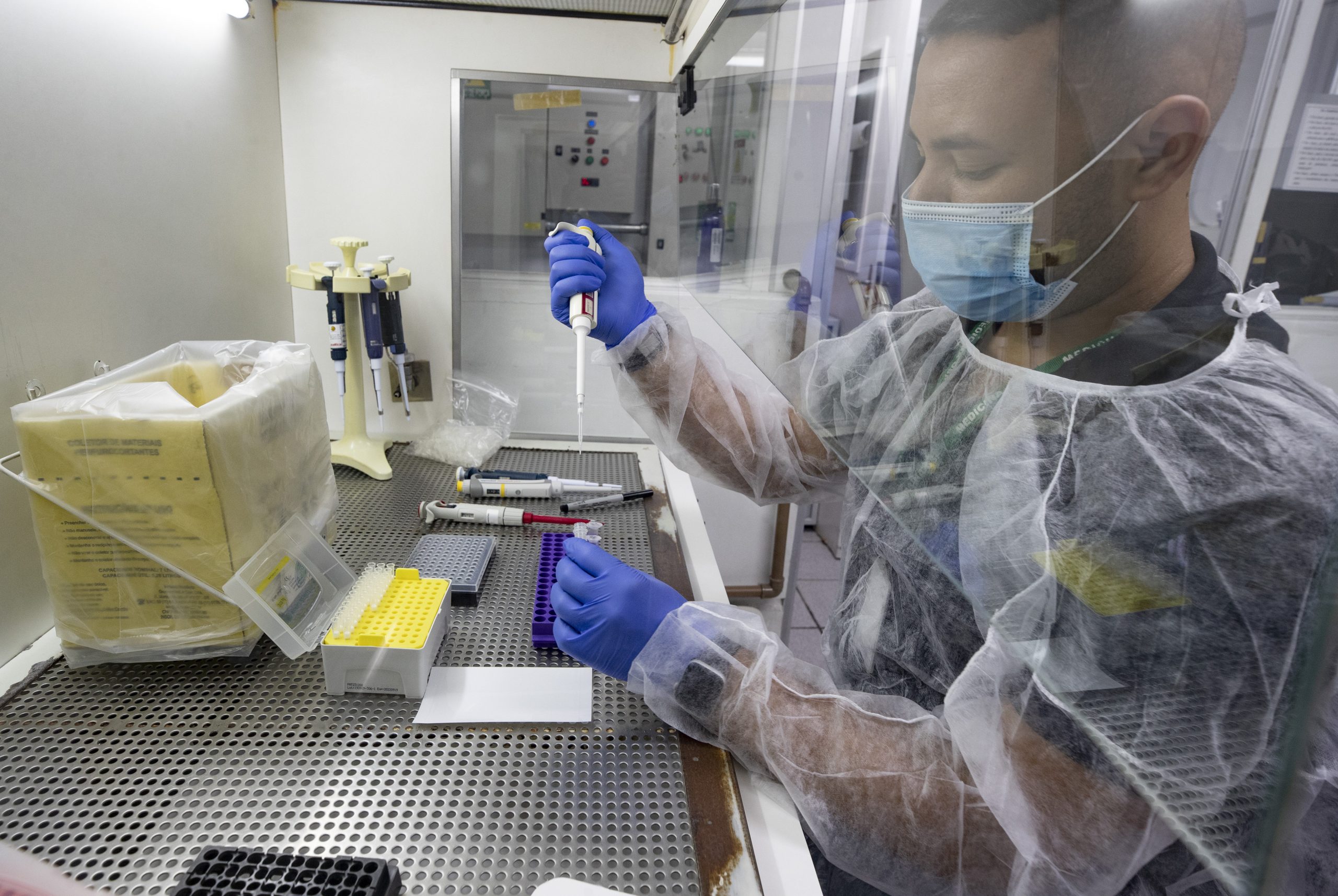
Public Health Ontario has made changes to how testing and screening is conducted for COVID-19 variants of concern (VOC), which are expected to help better detect them, specifically those that were first detected in South Africa and Brazil.
Posted Mar 26, 2021, 05:25AM EDT
Public Health Ontario has made changes to how testing and screening is conducted for COVID-19 variants of concern (VOC), which are expected to help better detect them, specifically those that were first detected in South Africa and Brazil.
On February 3, the health agency implemented widespread testing for a unique mutation — labeled N501Y — that is found in the three most common variants of concern: B.1.1.7 first identified in the U.K., B.1.3.5.1 first identified in South Africa and P1, first identified in Brazil.
The B.1.1.7 variant is currently the most prominent in Ontario, representing 50 per cent of new cases, and current tests are able to detect it. New tools have now been developed to be able to identify the other two variants more precisely as well.
Dr. Vanessa Allen, Chief of Microbiology and Laboratory Science with Health Ontario, explains that the new test is a PCR test performed on samples that have already been confirmed as positive for COVID-19.
“[The test] looks for two mutations, the original one — which was the N501Y mutation — and a new second mutation called the E484K mutation,” she said. “This is helpful as the E484K mutation … is unique to the latter two variants of concern, B.1.3.5.1 and P1.”
Dr. Allen says this will allow “much more rapid identification” of these two variants.
“Because we know the N501Y mutation found in a strain without the E484K mutation is most likely the B.1.1.7 variant, there is no need to allocate genomic resources to that as we can get an early signal using a PCR test,” she further explained.
The changes were implemented on Monday with the goal of detecting the variants present in Ontario faster and with more accuracy.
“It does however mean that there may be an increase in some of the [cases of] P1 and B.1.3.5.1 as the goal is to identify these sooner rather than later,” she cautioned.









